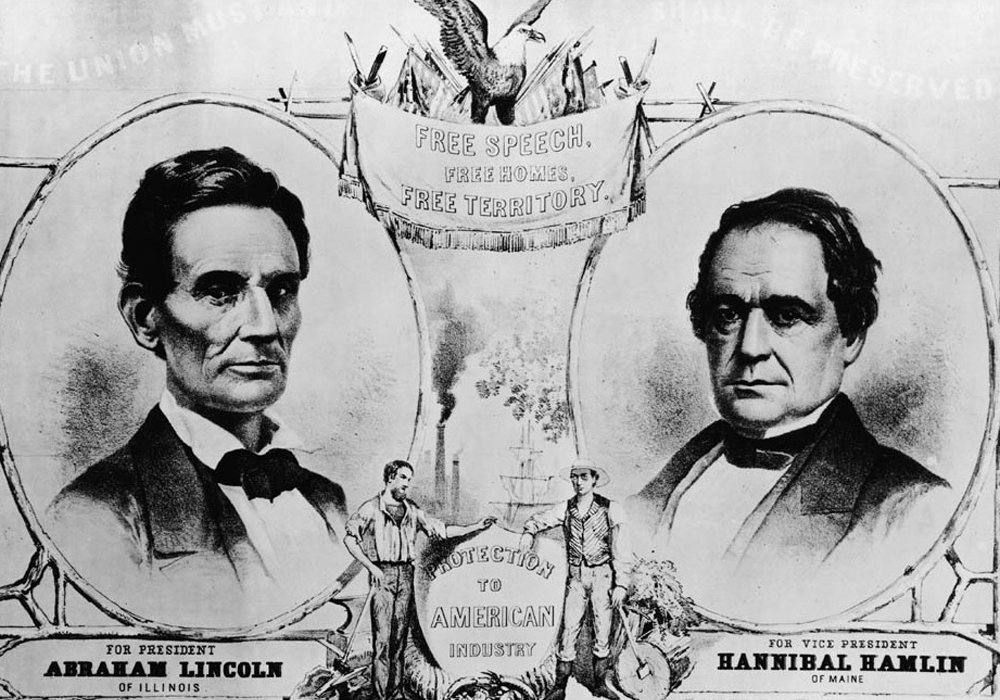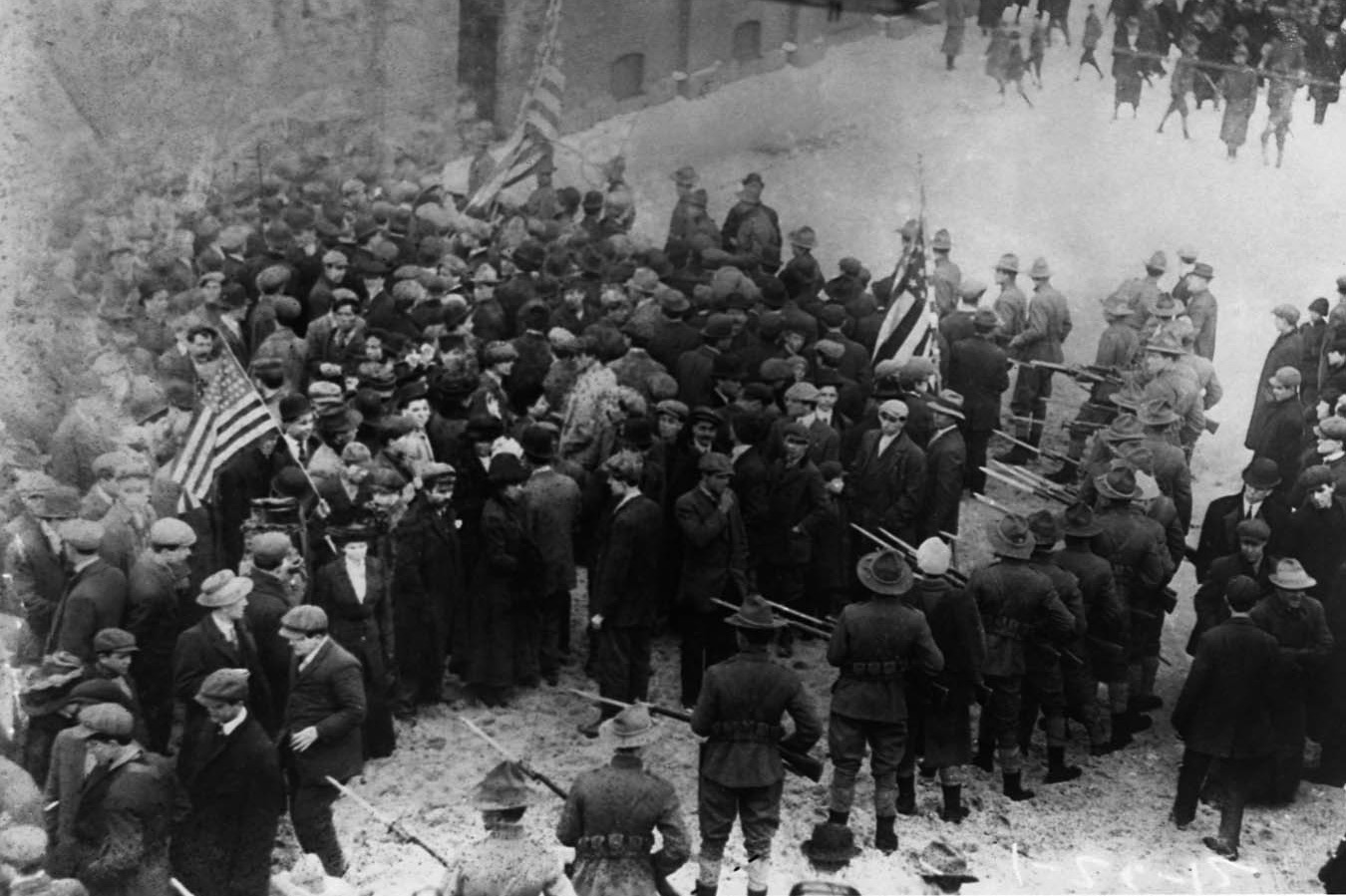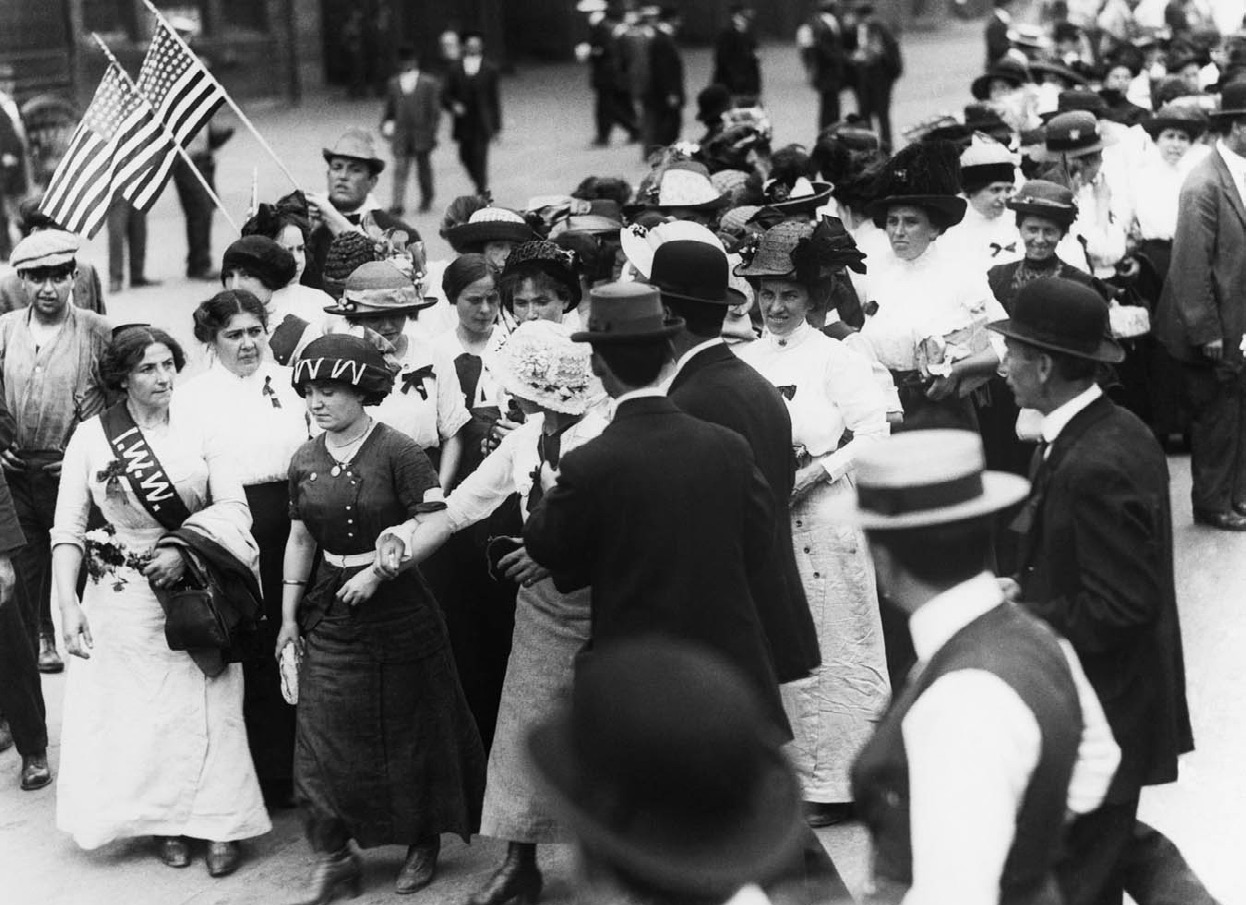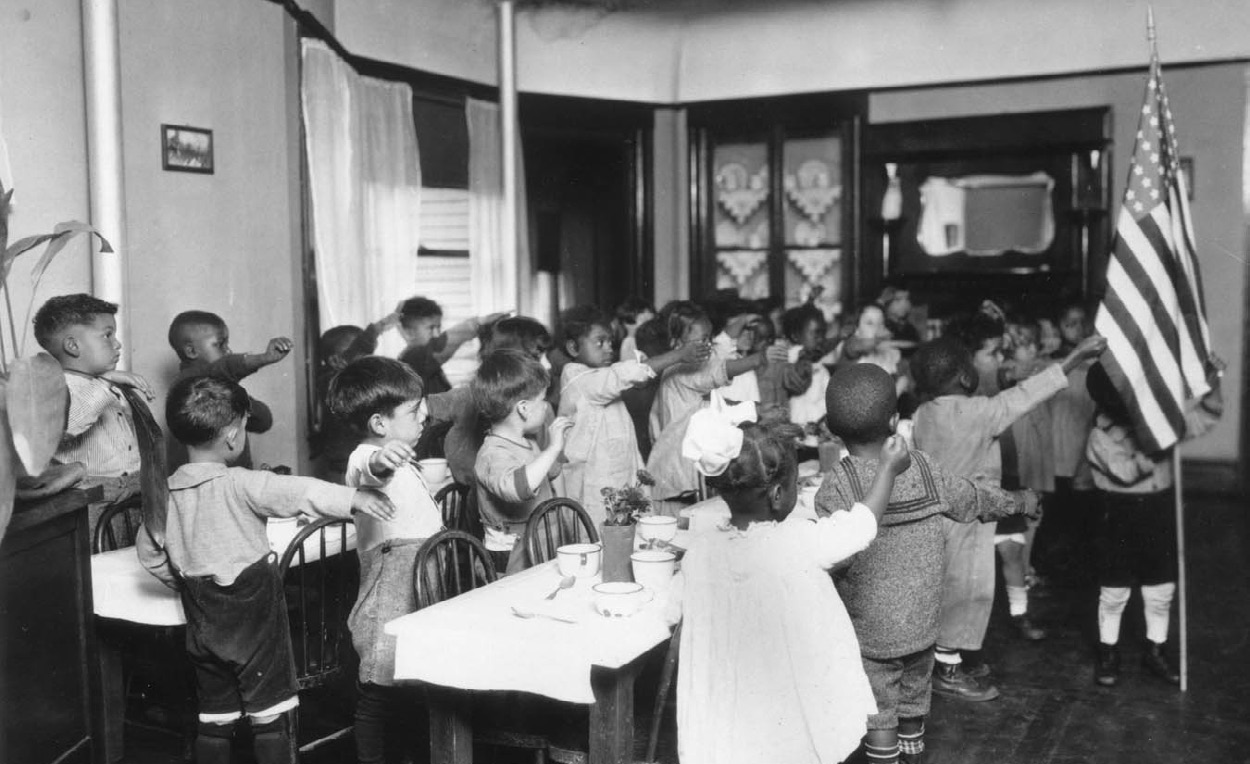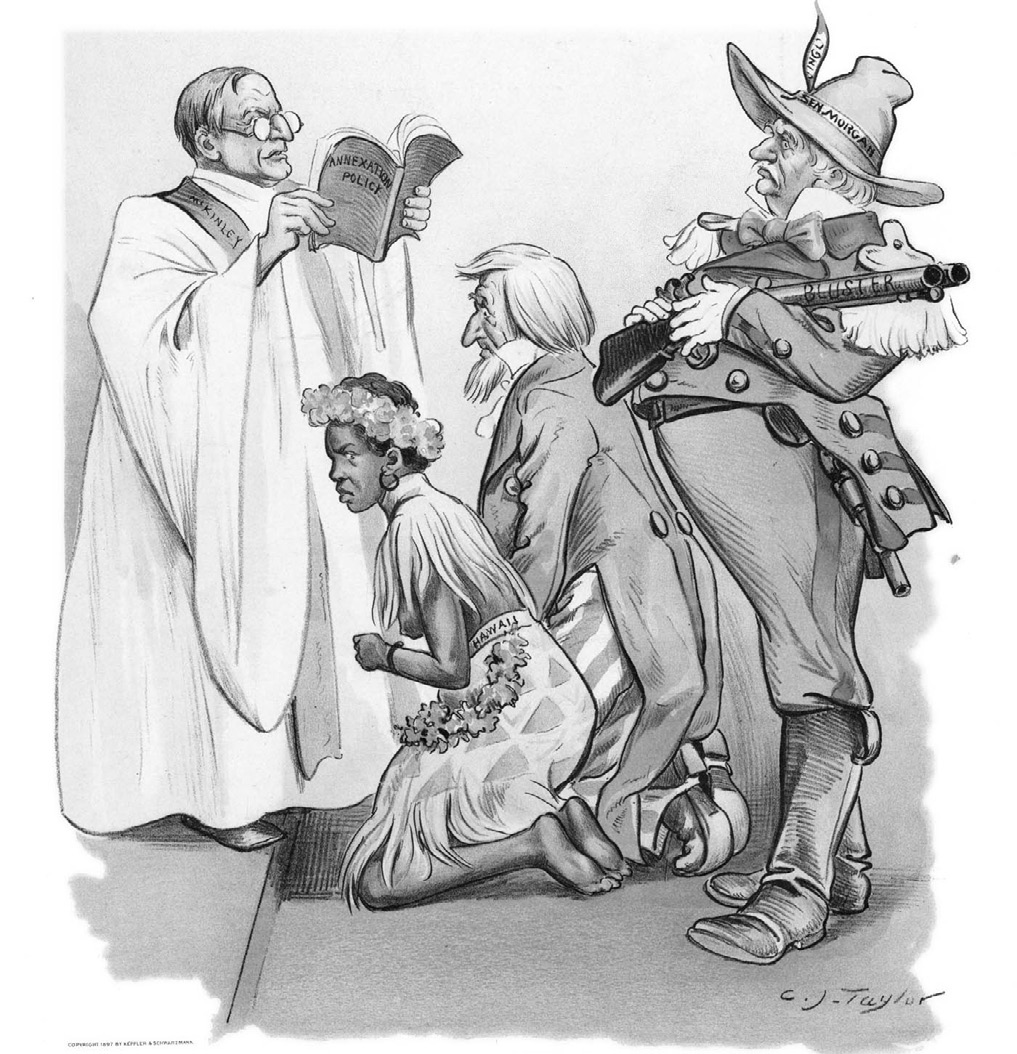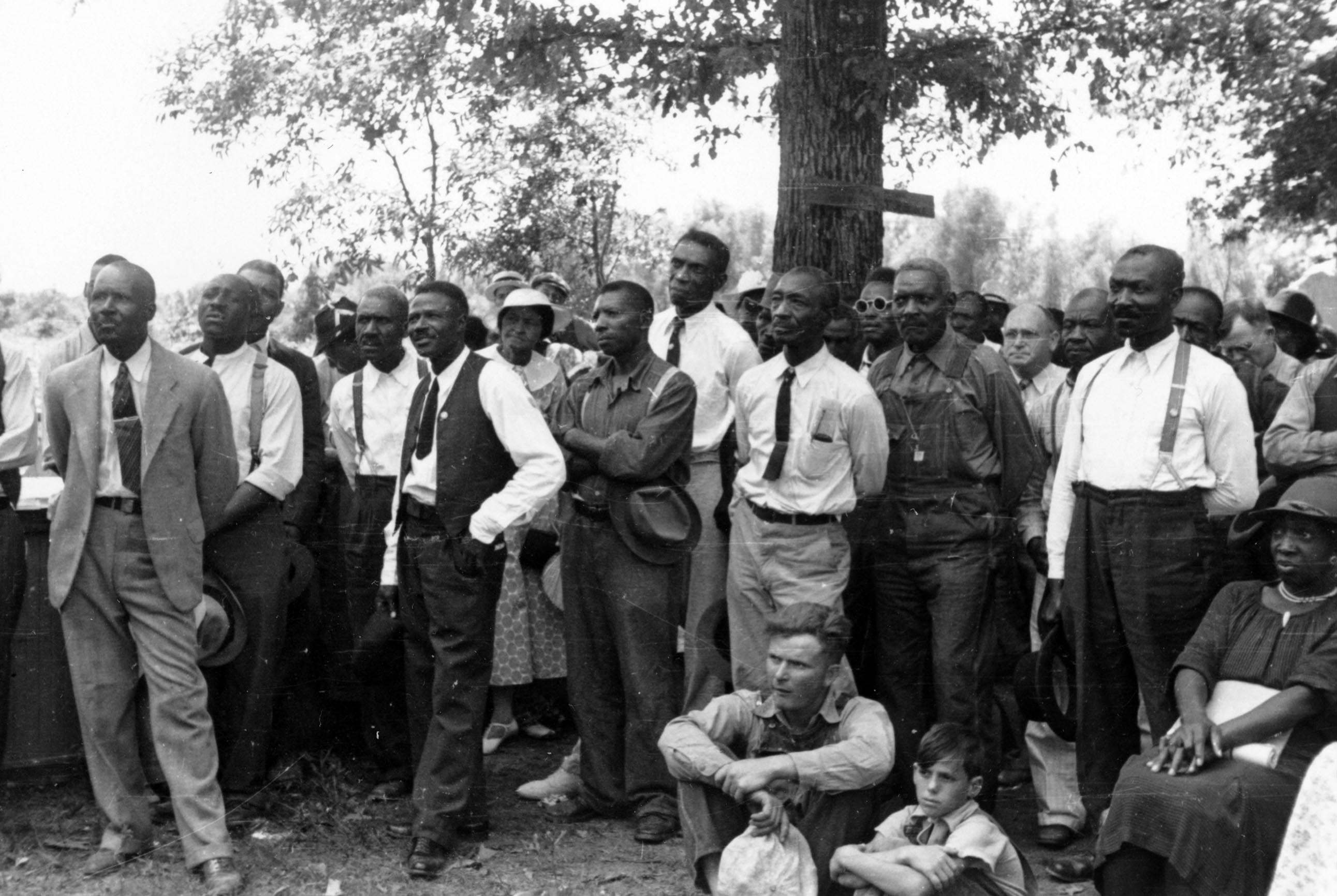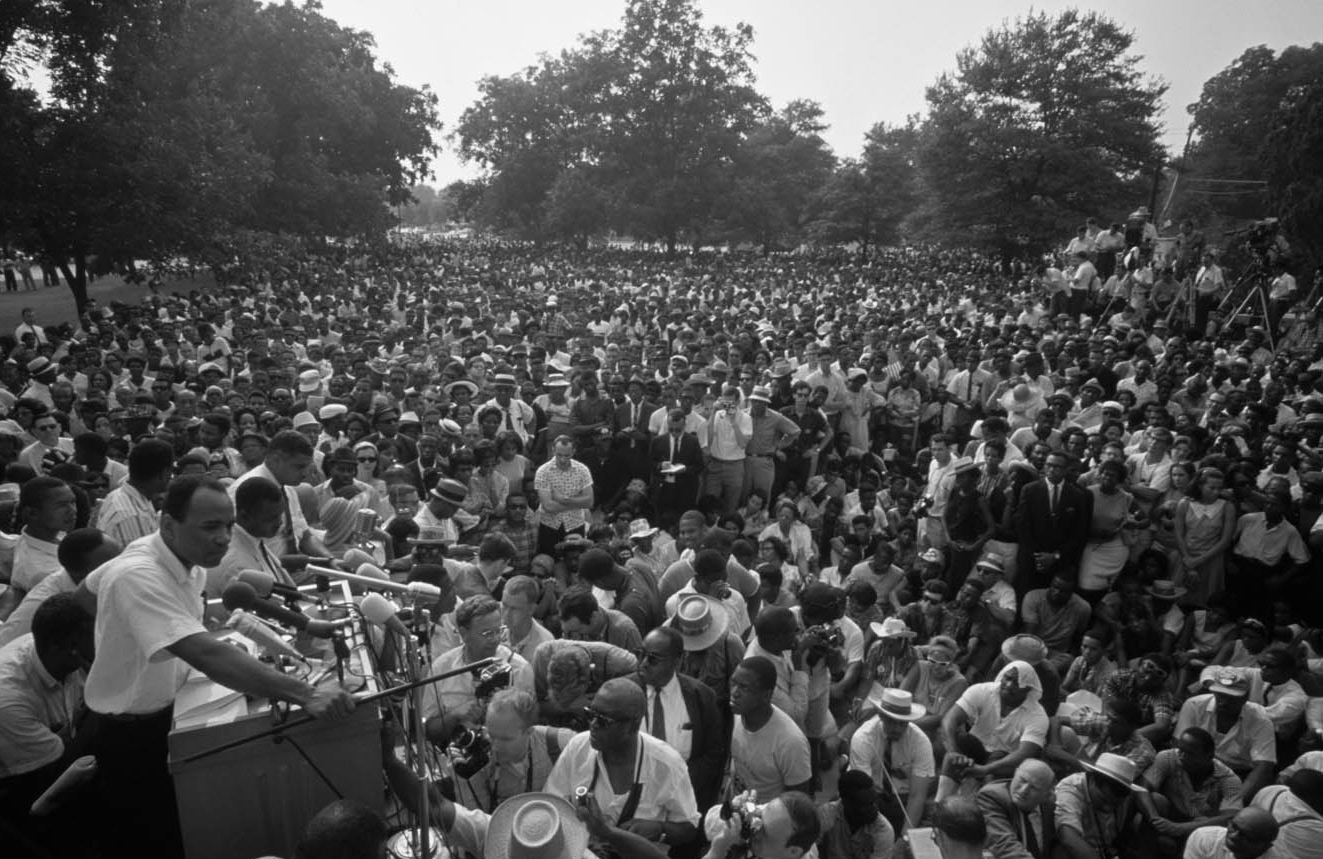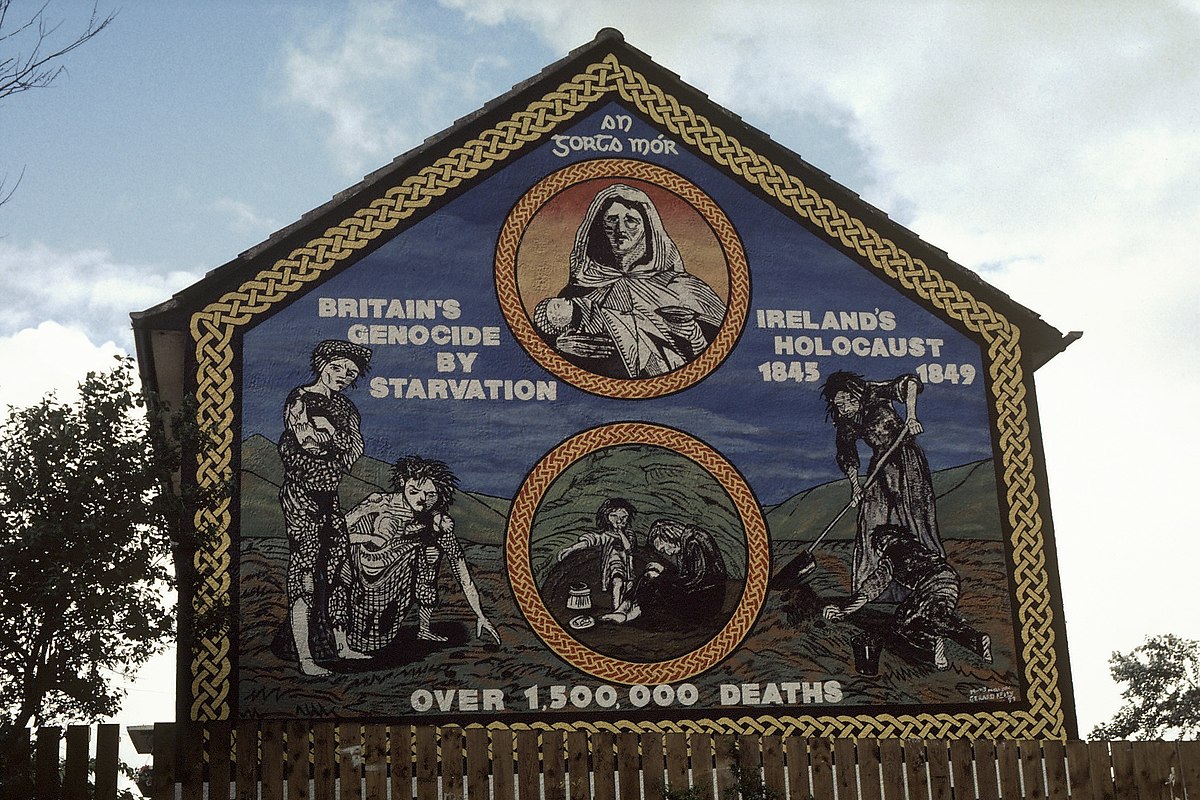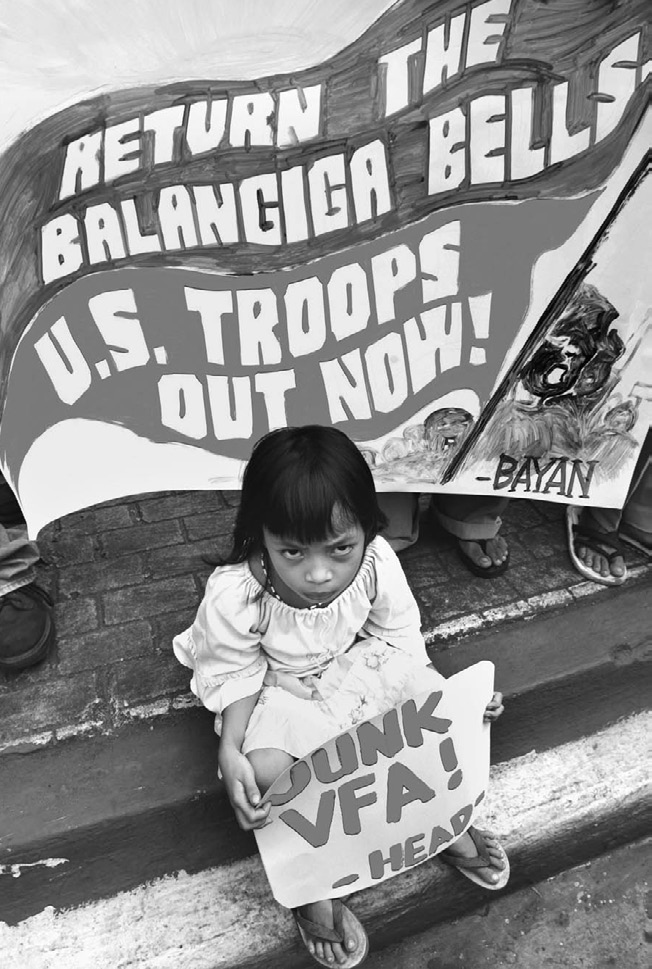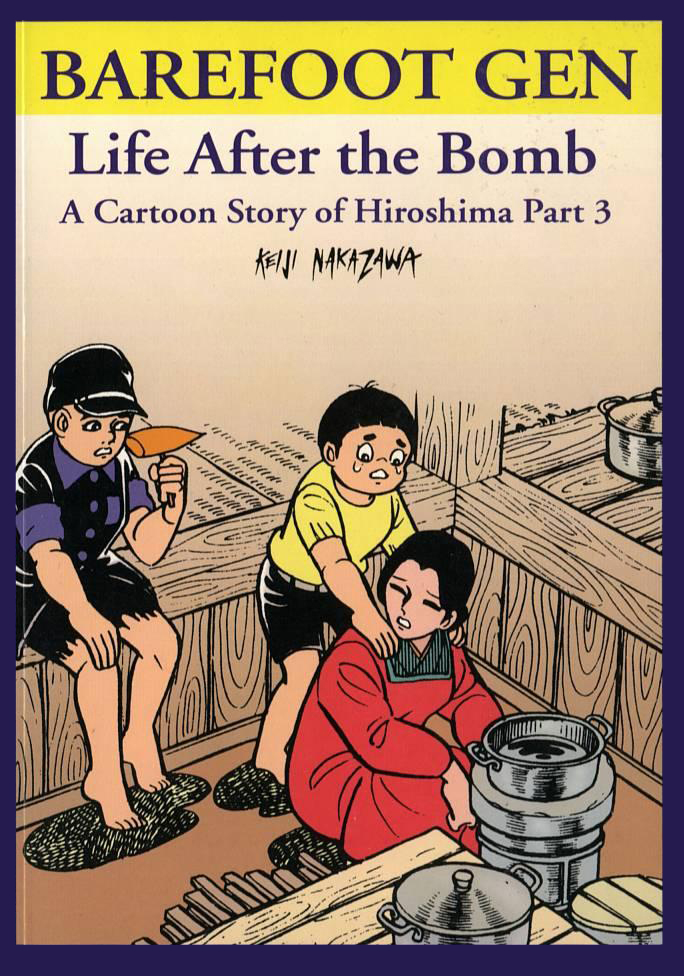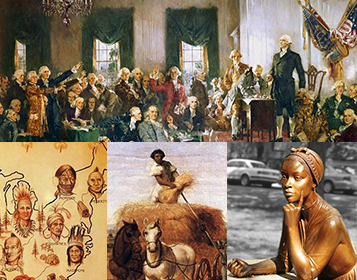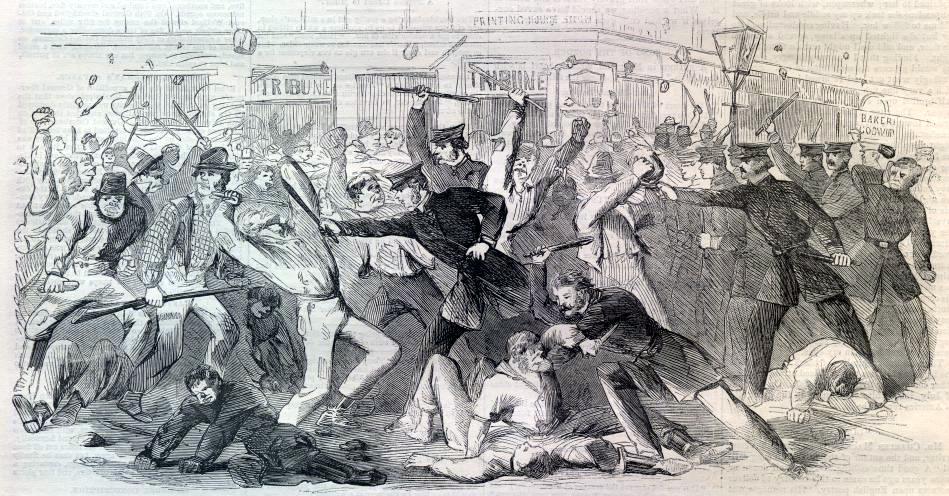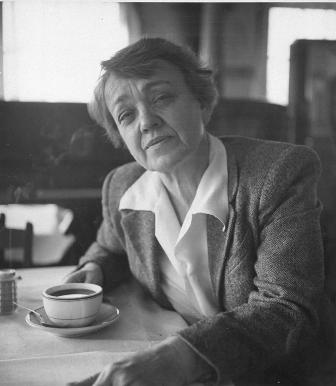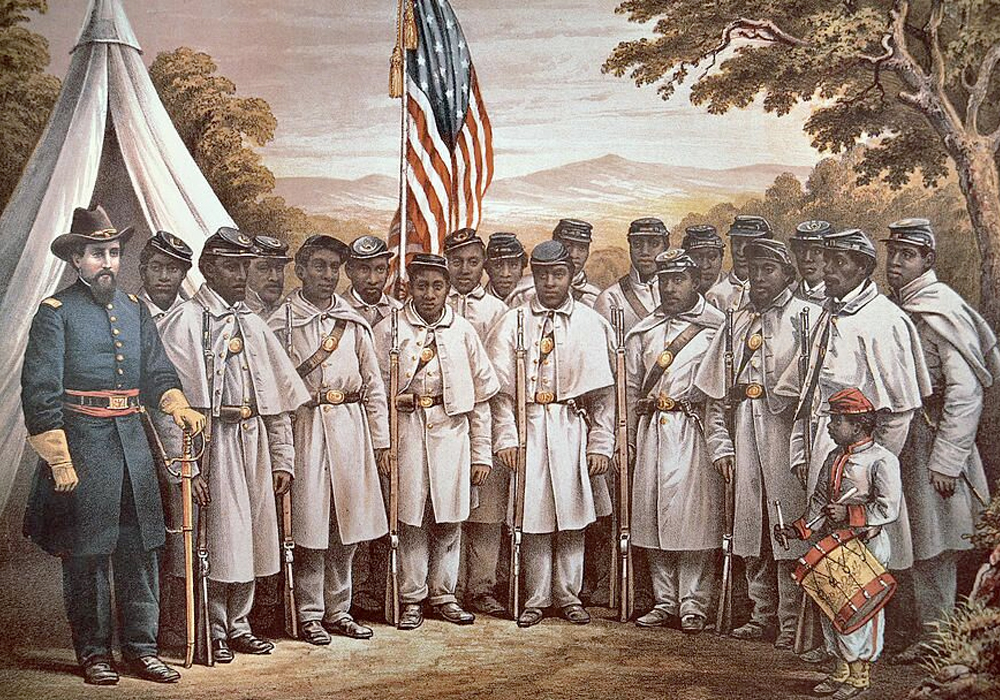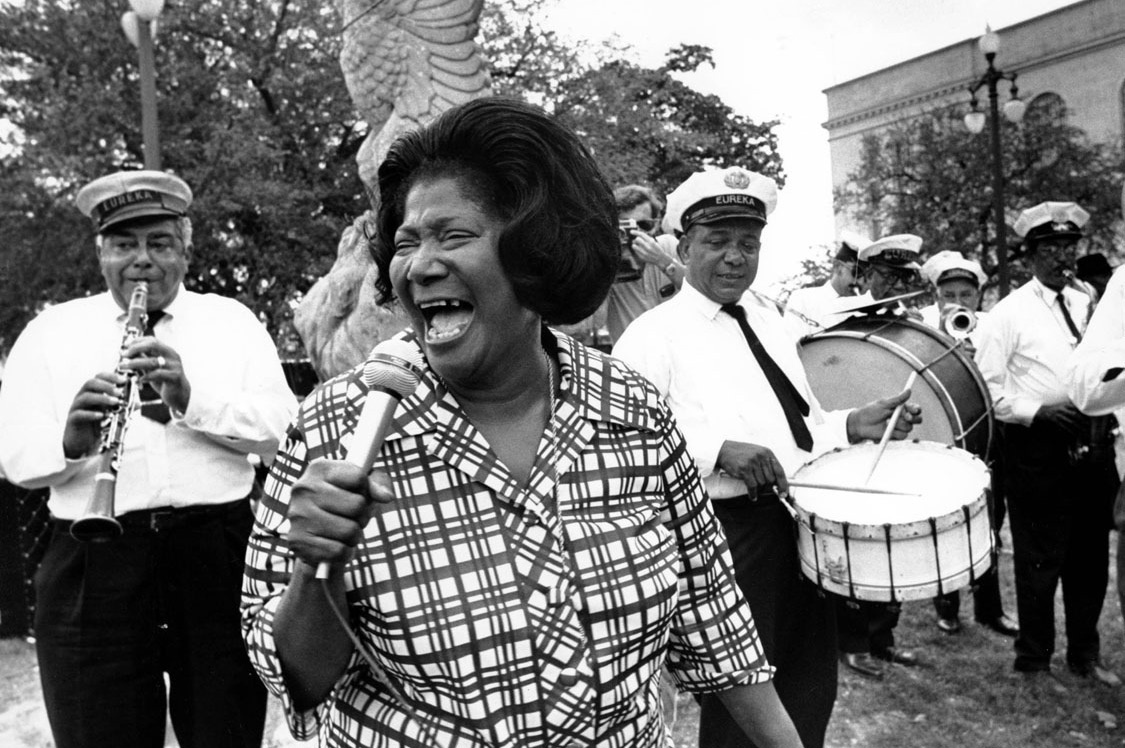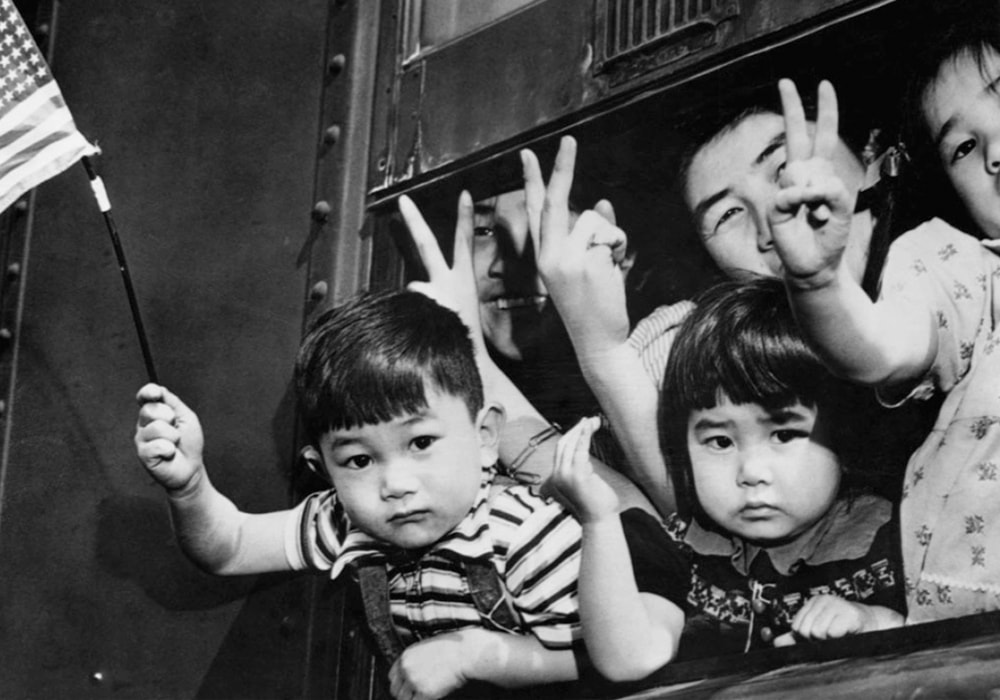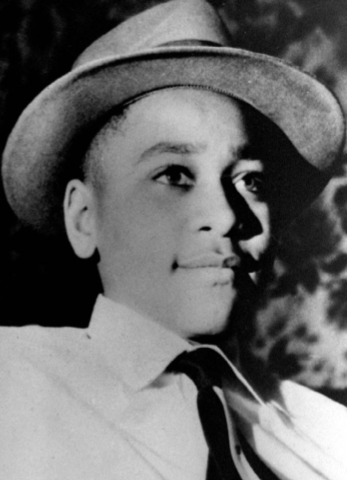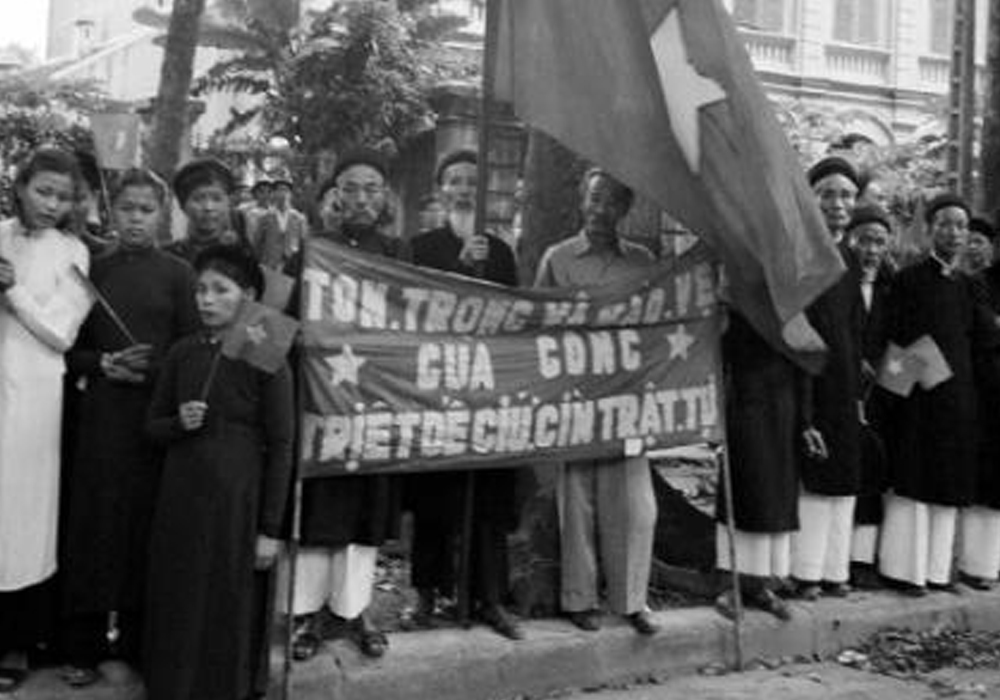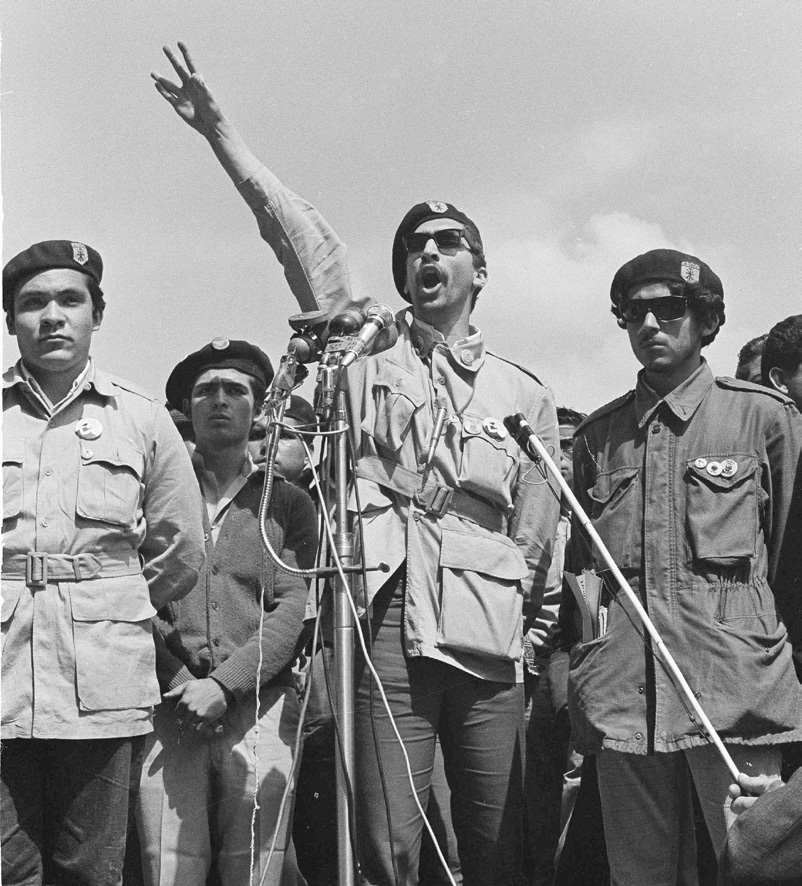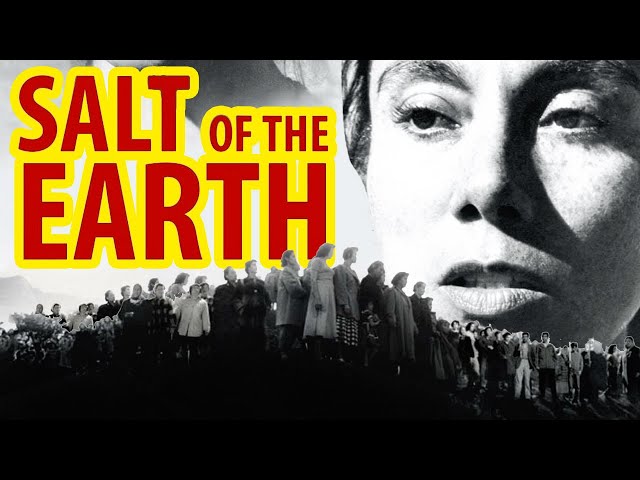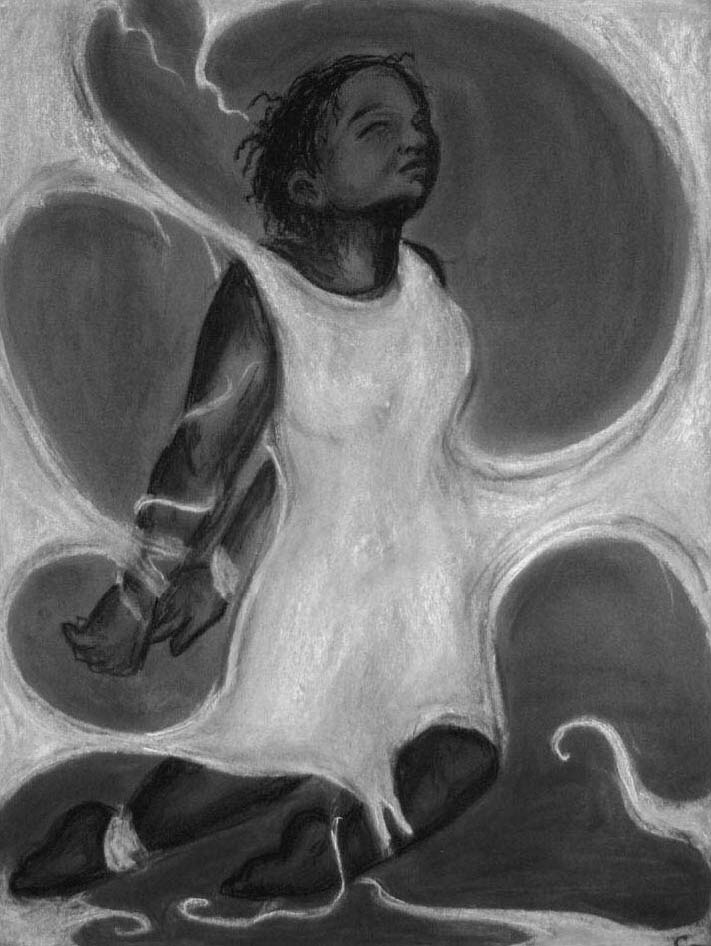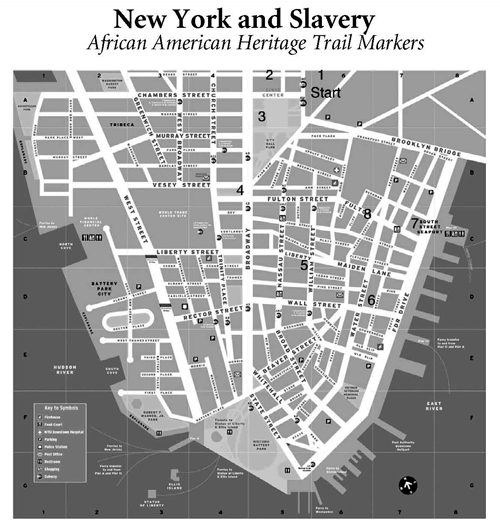Teaching Activity. By Bill Bigelow. Rethinking Schools. 11 pages.
Using scenarios based on real situations, this lesson helps middle and high school students examine the definition of terrorism and the use of the term terrorism in the media and U.S. government policies.
Continue reading
Teaching Activity. By Bill Bigelow. 12 pages.
A role play based on the election of 1860 allows students to explore the political debates of the time and the real reasons for the Civil War.
Continue reading
Reading for Teachers. By Bill Bigelow. 7 pages.
Author describes how students applied strategies from the Lawrence strike to their own present day activism.
Continue reading
Teaching Activity. By Dale Weiss. Rethinking Schools. 3 pages.
A teacher's reflections about a curriculum unit on women's rights contextualizes the history of the feminist movement within the broader struggle of people working for greater equality in the United States.
Continue reading
Teaching Activity. By Bill Bigelow. Rethinking Schools. 3 pages.
Discussion questions and teaching ideas for examining the history of the Pledge of Allegiance and the political milieu in which it was written.
Continue reading
Teaching Activity. By Wayne Wah Kwai Au. Rethinking Schools. 5 pages.
Lesson on the history of Hawai'i and the impact of colonization and tourism.
Continue reading
Teaching Activity. By Bill Bigelow and Norm Diamond. 12 pages.
Role play on farm labor organizing in the 1930s shows how racism had to be challenged to create effective worker alliances.
Continue reading
Teaching Activity. By Larry Miller. Rethinking Schools. 6 pages.
Story and discussion questions about a teacher's own experience of labor solidarity.
Continue reading
Teaching Activity. By Bill Bigelow. Rethinking Schools. 5 pages.
A trial role play helps students reflect on responsibility for the deaths of Irish peasants during the so-called potato famine.
Continue reading
Teaching Activity. By John DeRose. Rethinking Schools. 4 pages.
Analysis of textbook passages from different countries, videos and books are used to explore different perspectives about the same event in history, i.e. "Philippine-American War" vs. "War of Philippine Independence."
Continue reading
Teaching Activity. By Wayne Au. Rethinking Schools. 3 pages.
Lesson for high school students on the bombing of Hiroshima using the film Barefoot Gen and haiku.
Continue reading
Teaching Activity. By Bill Bigelow. 24 pages.
The U.S. Constitution endorsed slavery and favored the interests of the owning classes. What kind of Constitution would have resulted from founders who were representative of the entire country? That is the question addressed in this role play activity.
Continue reading
Teaching Activity. By Bill Bigelow. 9 pages.
Students are invited to solve a mystery, using historical clues, about the real story of the Draft Riots.
Continue reading
Teaching Activity. By Bill Bigelow. 7 pages.
Students read a poignant excerpt from Agnes Smedley's novel, Daughter of Earth, and use it to think and write about how schooling—their own included—teaches lessons about social class.
Continue reading
Teaching Activity. By Bill Bigelow. 7 pages.
Students explore some of the myths of the Civil War through examining excerpts from Lincoln’s first inaugural address, the rarely mentioned original Thirteenth Amendment to the Constitution that Lincoln promised to support, and the Emancipation Proclamation.
Continue reading
Teaching Activity. By Rick Mitchell. Rethinking Schools. 10 pages.
Description of a course on the history of music in the United States.
Continue reading
Teaching Activity. By Mark Sweeting. Rethinking Schools. 4 pages.
How one teacher engaged his students in a critical examination of the language used in textbooks to describe the internment.
Continue reading
Teaching Activity. By Doug Sherman. Rethinking Schools. 4 pages.
The author describes how he uses biographies and film to introduce students to the role of people involved in the Civil Rights Movement beyond the familiar heroes. He emphasizes the role and experiences of young people in the Movement.
Continue reading
Teaching Activity. By Bill Bigelow and Linda Christensen. Rethinking Schools. 3 pages.
Empathy, or "social imagination," allows students to connect to "the other" with whom, on the surface, they may appear to have little in common.
Continue reading
Teaching Activity. By Bill Bigelow. Rethinking Schools. 8 pages.
A role play on the history of the Vietnam War that is left out of traditional textbooks.
Continue reading
Teaching Activity. By Gilda L. Ochoa. Rethinking Schools. 5 pages.
Reflections on teaching students about the 1968 walkouts by Chicano students in California.
Continue reading
Teaching Activity. By S. J. Childs. Rethinking Schools. 6 pages.
The author describes how she introduces students to the classic 1953 film, Salt of the Earth, about a miners’ strike in New Mexico.
Continue reading
Teaching Activity. By Thom Thacker and Michael A. Lord. Rethinking Schools. 4 pages.
An art contest is used as the basis from which students can examine primary historical documents (advertisements for runaway slaves) to gain a deeper understanding of the institution of slavery in the North.
Continue reading
Teaching Activity. By Alan J. Singer. Rethinking Schools. 7 pages.
How a teacher and his students organized a tour of the hidden history of slavery in New York.
Continue reading
Teaching Guide. Edited by Bill Bigelow, Jesse Hagopian, Suzanna Kassouf, Adam Sanchez, and Samia Shoman. 2025.
Provides educators with powerful tools to uncover the history and current context of Palestine-Israel in the classroom.
Continue reading


